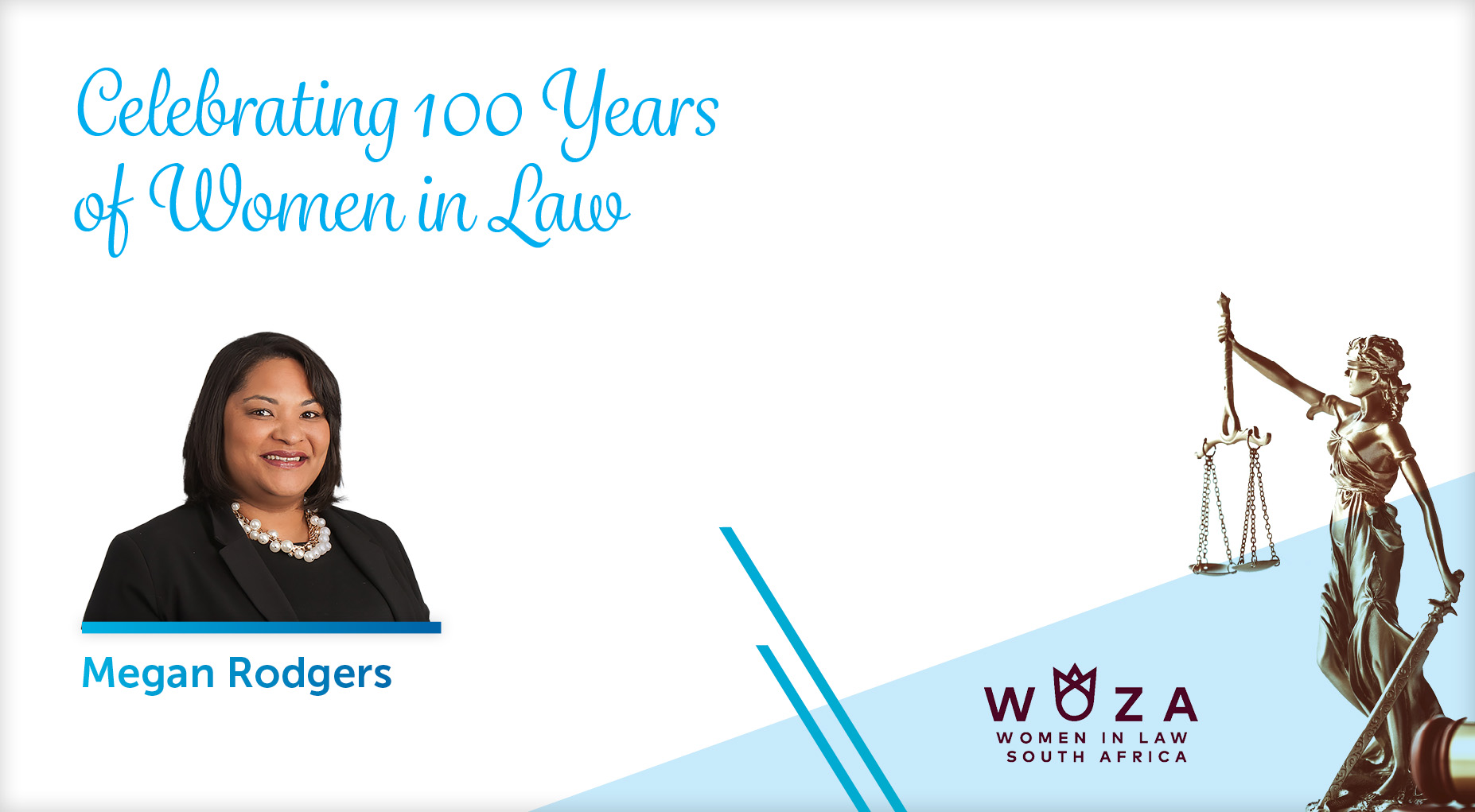The elephant in the room – post-commencement financing and whether pre-business rescue creditors’ rights to their security are compromised
The South African PCF market is still in its developmental stages and with the fluctuating strength of our economy, financial institutions and other investors are slow to throw money at a “business rescue idea”, regardless of how plausible it is. The common phrase “once bitten, twice shy” is often the sentiment of pre-business rescue creditors when PCF is sought.
To add fuel to the fire, the reluctance to provide PCF is further aggravated by the uncertainty in our law regarding how PCF should be dealt with and, once granted, how it affects the ranking of pre-business rescue creditors who hold security for the indebtedness due to it by the company in business rescue. Given that the success of business rescue is intricately linked to the ability to raise PCF, it is surprising that the Companies Act, No 71 of 2008 (Act) does not deal with this in great detail.
The ranking of claims in a business rescue was decided in the cases of Merchant West Capital Solutions (Pty) Ltd v Advance Technologies & Engineering Company (Pty) Ltd & Another [2013] ZAGPJHC 109 (10 May 2014) and Redpath Mining South Africa (Pty) Ltd v Marsden N.O. & Others [2013] ZAGPJHC 148 where the court held that the effect of s135 of the Act is that claims rank as follows:
- the business rescue practitioner (BRP) and other professionals, for remuneration and expenses;
- employees for any remuneration which became due and payable after business rescue proceedings began ie PCF;
- secured lenders or other creditors for any loan or supply made after business rescue proceedings began, ie PCF;
- unsecured lenders or other creditors for any loan or supply made after business rescue proceedings began, ie PCF;
- secured lenders or other creditors for any loan or supply made before business rescue proceedings began;
- employees for any remuneration which became due and payable before business rescue proceedings began; and
- unsecured lenders or other creditors for any loan or supply made before business rescue proceedings began.
Unfortunately no analysis is contained in the judgments as to how Kgomo J (who decided both cases) arrived at the decision. If one were to apply such ranking as is, it would mean that pre-business rescue creditors who hold security would rank below post-commencement financiers regardless of whether the
post-commencement financiers hold security or not. This would lead to an absurd result that post-commencement financiers who hold no security would be paid out first from the proceeds of the security held by pre-business rescue creditors.
Kgomo J’s ranking cannot be justified on the wording employed in s135 and is irreconcilable with the provisions of s134(3) which provides pre-business rescue creditors (who hold security) with the necessary certainty in respect of their security during the business rescue proceedings. While Kgomo J referred to the provisions of s134(4) in the Redpath Mining case, he overlooked the prescriptions as to the treatment of secured creditors therein.
The correct position is that secured creditors are entitled to the treatment set out in s134(3) of the Act, which is to the effect that:
- Unless the proceeds of the assets that form the subject matter of the secured creditors’ security are sufficient to discharge the company’s indebtedness to that creditor in full, the company must obtain the consent of that creditor before disposing of (ie realising) the asset in question; and
- The company must promptly pay the proceeds from the disposal of the assets in question to the creditor up to the amount of the company’s indebtedness to the creditor or provide security for the amount of those proceeds to the reasonable satisfaction of that creditor.
Accordingly, the correct position is that PCF ranks only in priority to all unsecured creditors and that pre-business rescue creditors’ rights to their security must be respected in terms of s134(3) of the Act and they can therefore not rank below any post-commencement financiers who hold no security. Although this position protects the rights of pre-business rescue creditors to their security, it increases the level of risk that post-commencement financiers have to endure as there is a higher probability of the PCF not being paid back, if secured creditors were to exercise their rights to their security.
The information and material published on this website is provided for general purposes only and does not constitute legal advice. We make every effort to ensure that the content is updated regularly and to offer the most current and accurate information. Please consult one of our lawyers on any specific legal problem or matter. We accept no responsibility for any loss or damage, whether direct or consequential, which may arise from reliance on the information contained in these pages. Please refer to our full terms and conditions. Copyright © 2024 Cliffe Dekker Hofmeyr. All rights reserved. For permission to reproduce an article or publication, please contact us cliffedekkerhofmeyr@cdhlegal.com.
Subscribe
We support our clients’ strategic and operational needs by offering innovative, integrated and high quality thought leadership. To stay up to date on the latest legal developments that may potentially impact your business, subscribe to our alerts, seminar and webinar invitations.
Subscribe




